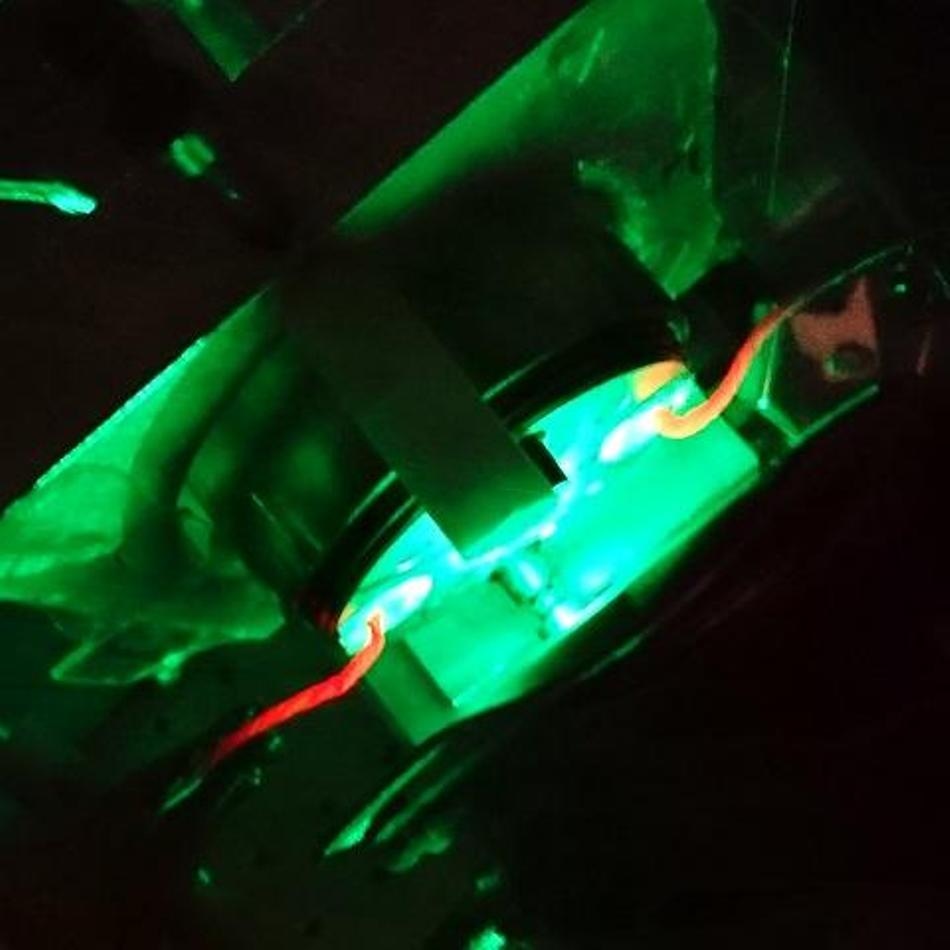Nov 12 2018
For the first time, researchers have created a strange, complex form of one of the most plentiful chemical elements on Earth in the laboratory.
 Scientists have recreated an elusive form of nitrogen using a high-pressure diamond-tipped anvil to squeeze tiny amounts of the element at pressures half a million times that of Earth’s atmosphere, while heating it to about 500 °C. (Image credit: University of Edinburgh)
Scientists have recreated an elusive form of nitrogen using a high-pressure diamond-tipped anvil to squeeze tiny amounts of the element at pressures half a million times that of Earth’s atmosphere, while heating it to about 500 °C. (Image credit: University of Edinburgh)
They produced a crystallized form of nitrogen—which is the main constituent of air at normal conditions—by subjecting it to extreme temperatures and pressures.
For the first time, the research demonstrates that there is a possibility of simple molecular elements to have complex structures at higher pressures. Researchers said that it could lead to similar studies in other elements.
Extreme conditions
A high-pressure diamond-tipped anvil was employed by an international group of researchers headed by the University of Edinburgh to squeeze very small amounts of nitrogen at pressures half a million times that of Earth’s atmosphere by heating it to about 500 °C.
Then, they used sophisticated X-ray technology to capture an image of the ensuing crystals. They were intrigued to discover that the nitrogen had formed a complex arrangement made up of dozens of molecules.
The researchers had anticipated to unraveling a considerably simpler structure.
Confirmed structure
The discovery resolves the speculation over the structure of this form of nitrogen, called ι–N2. Although it was discovered one and a half decades ago, its structure was obscure to date.
Computer simulations of the new structure have offered valuable insights, showing that it is astonishingly stable.
The research, reported in Nature Communications, was performed in collaboration with the European Synchrotron Radiation Facility in France, and with researchers in China. The Engineering and Physical Sciences Research Council supported the study.
We hope that these results will prompt further investigations into why relatively simple elements should form such complex structures—it’s important that we keep searching for promising new lines of scientific investigation.
Robin Turnbull, School of Physics and Astronomy